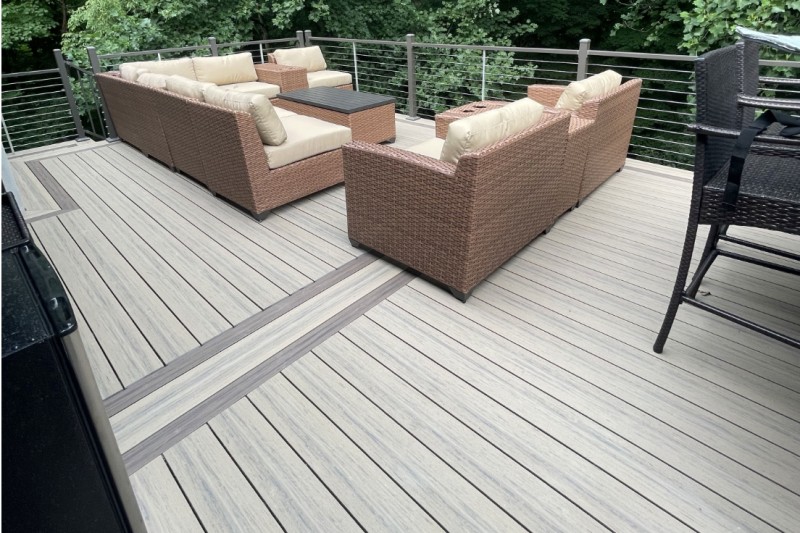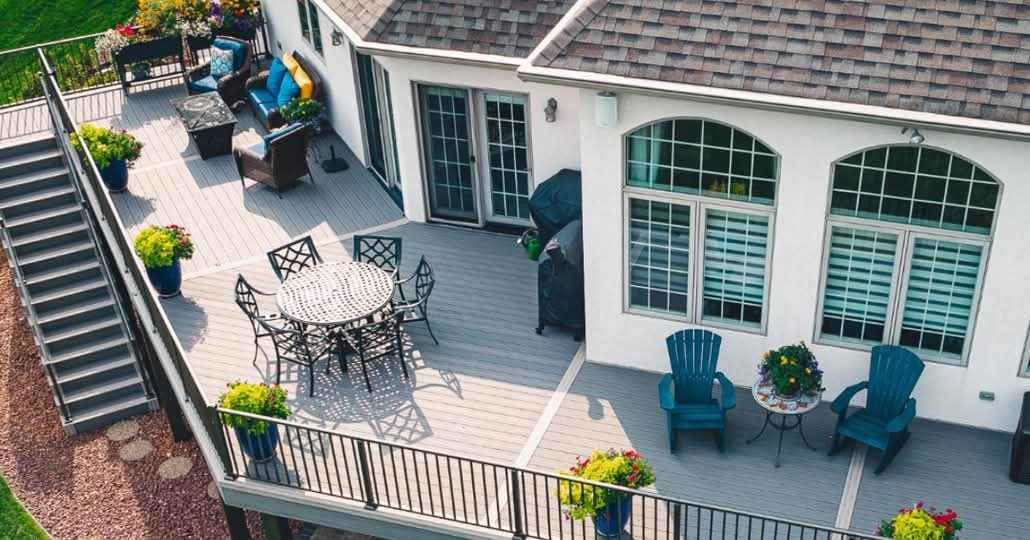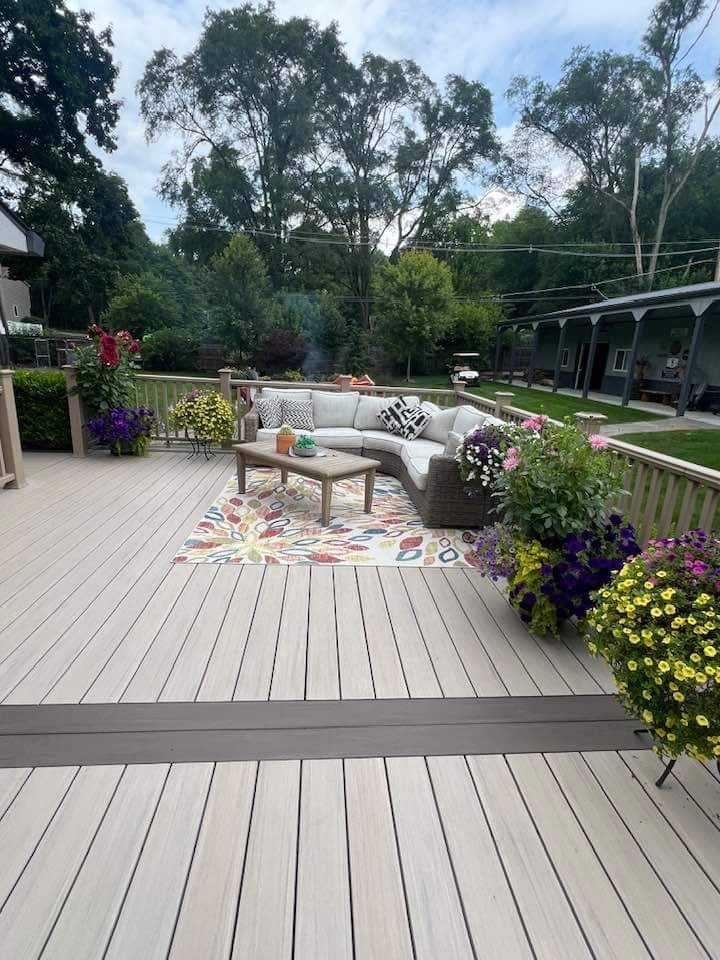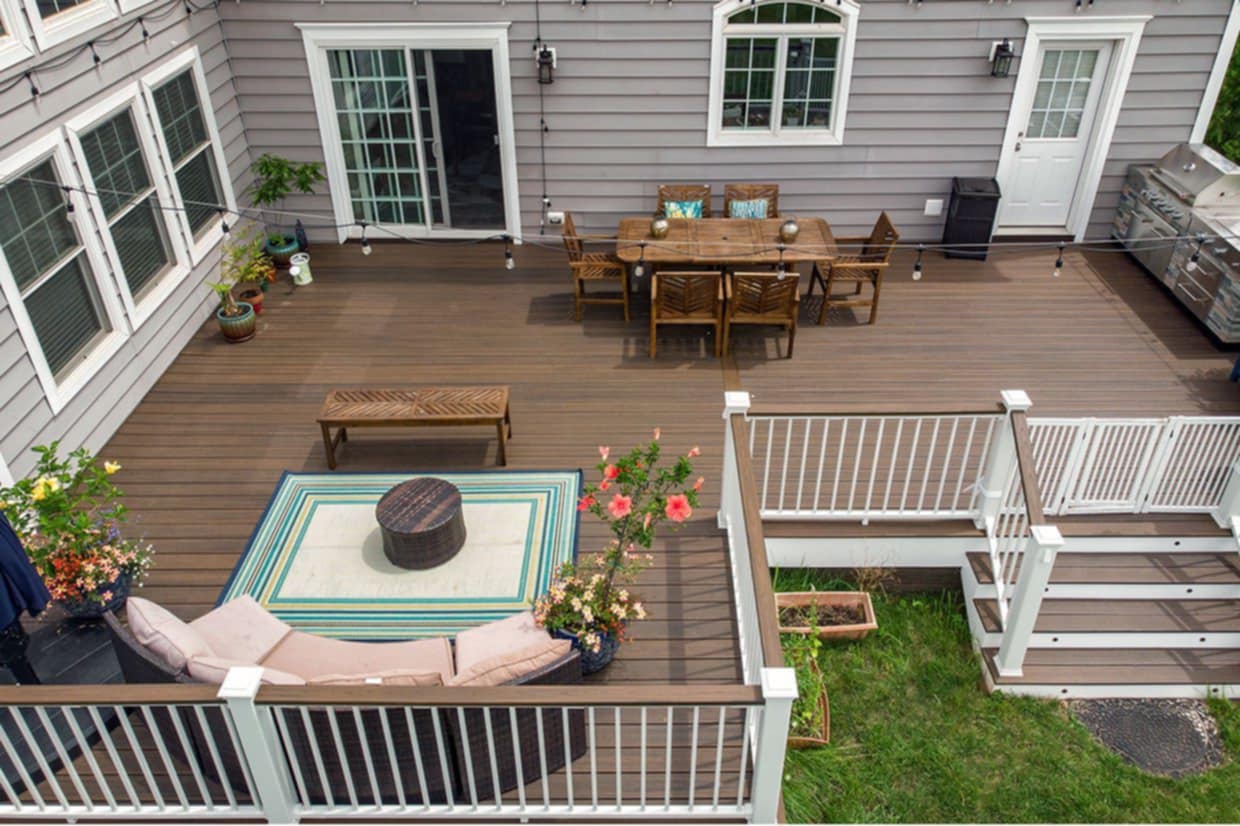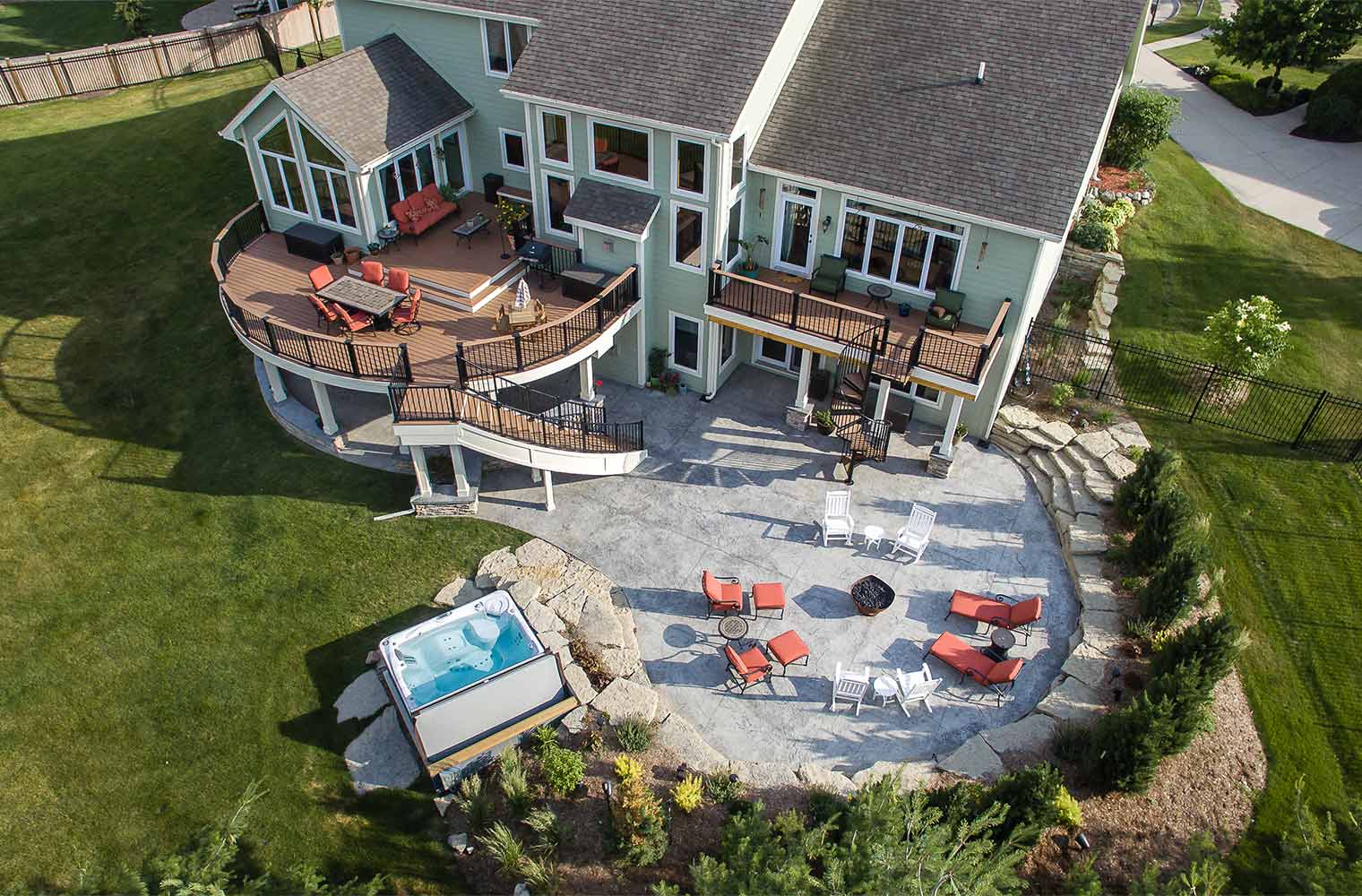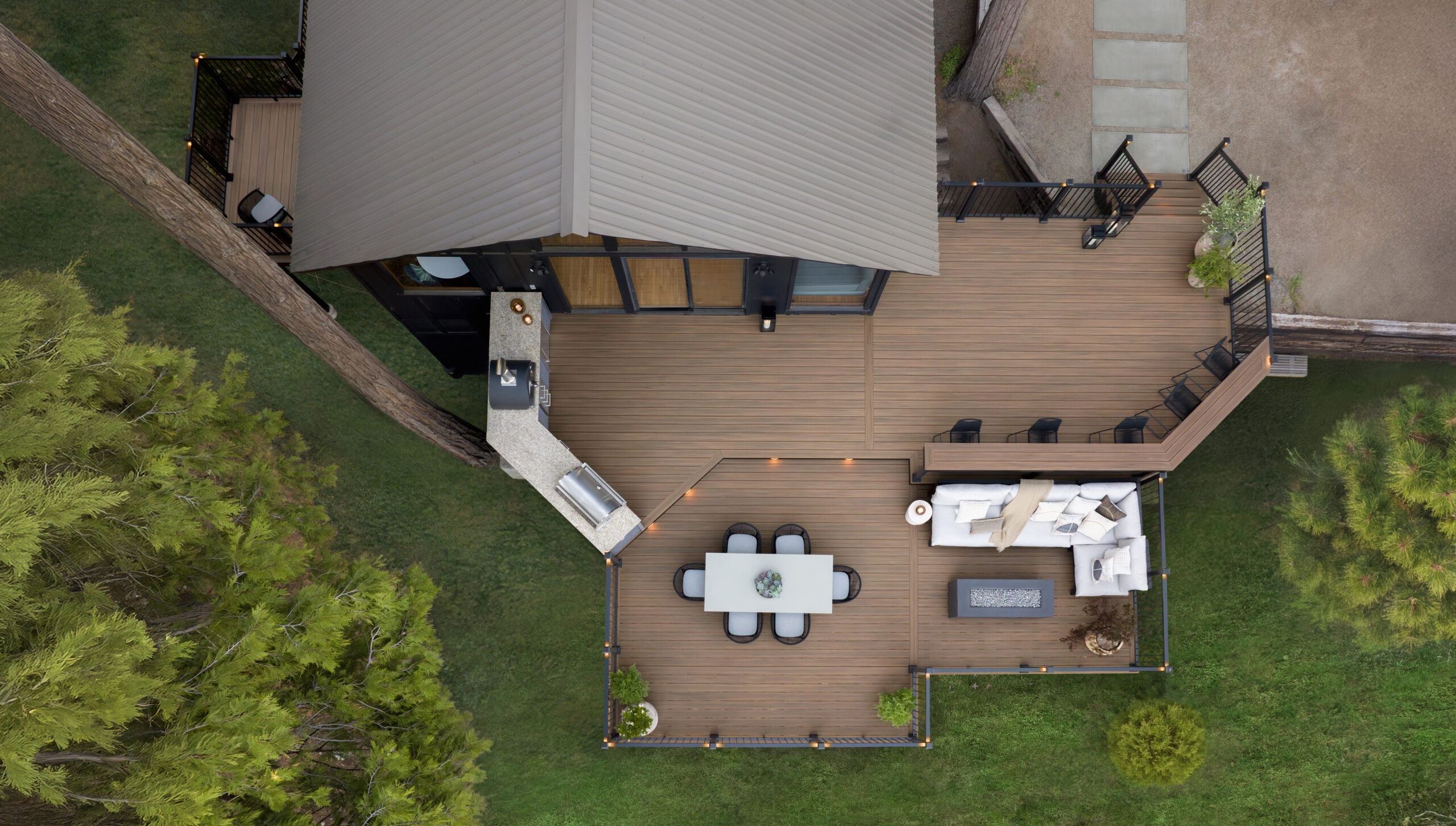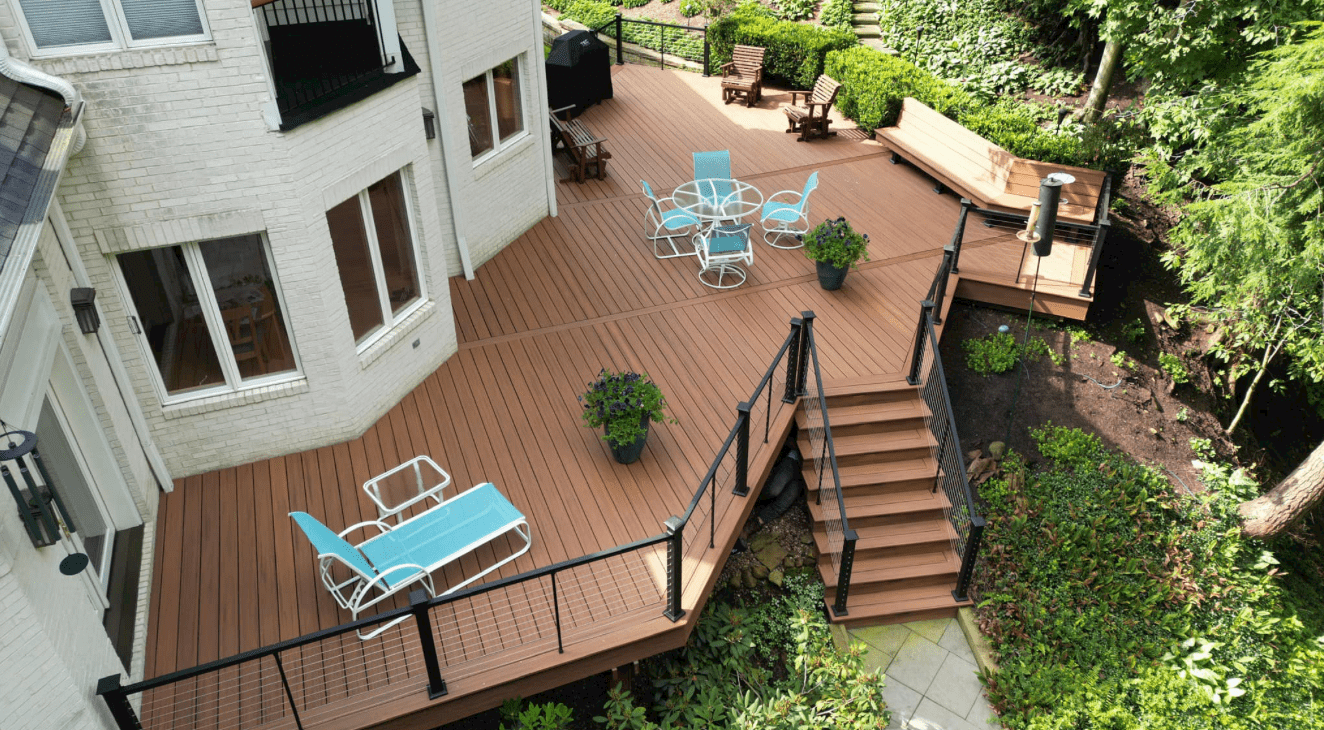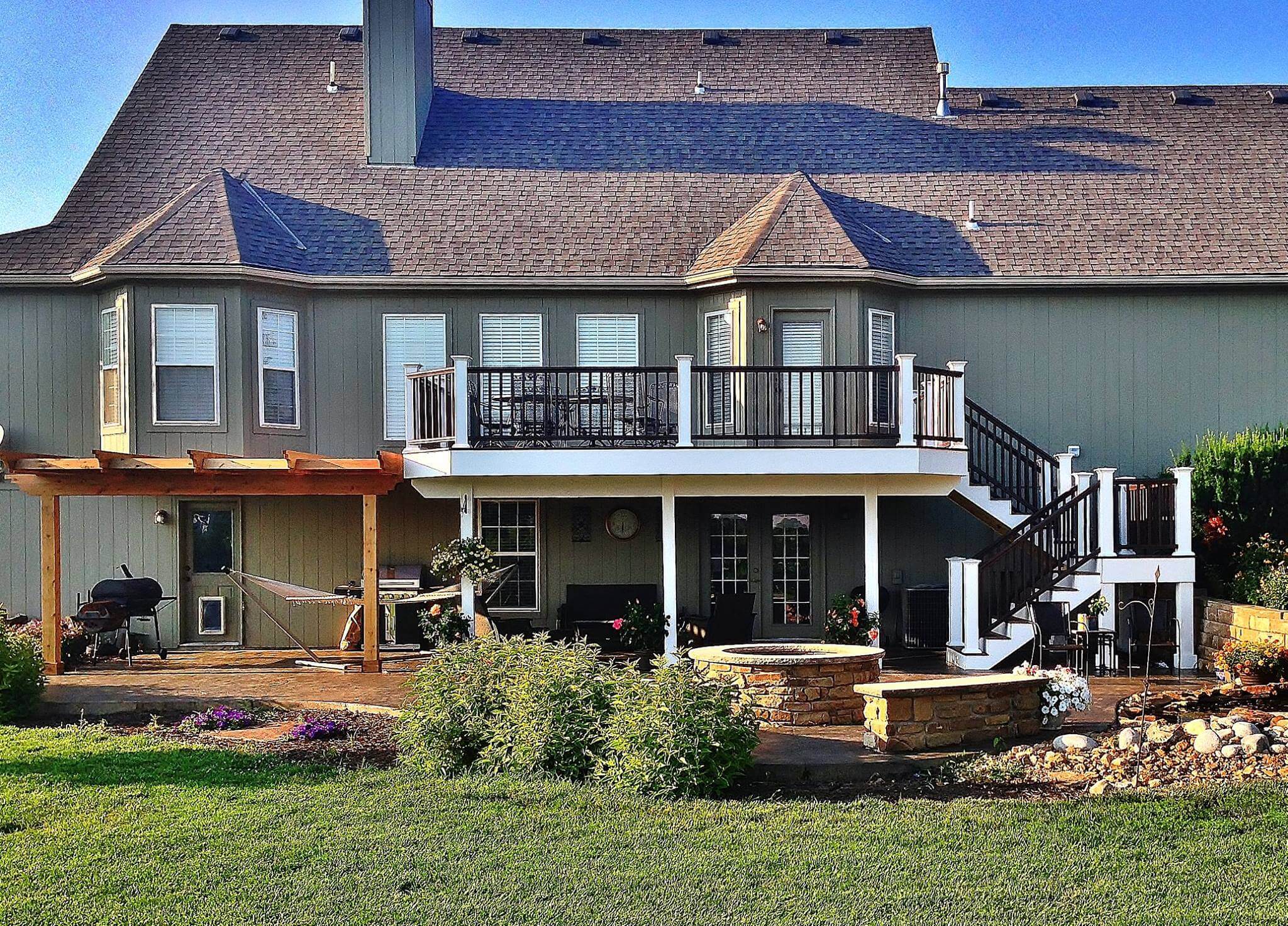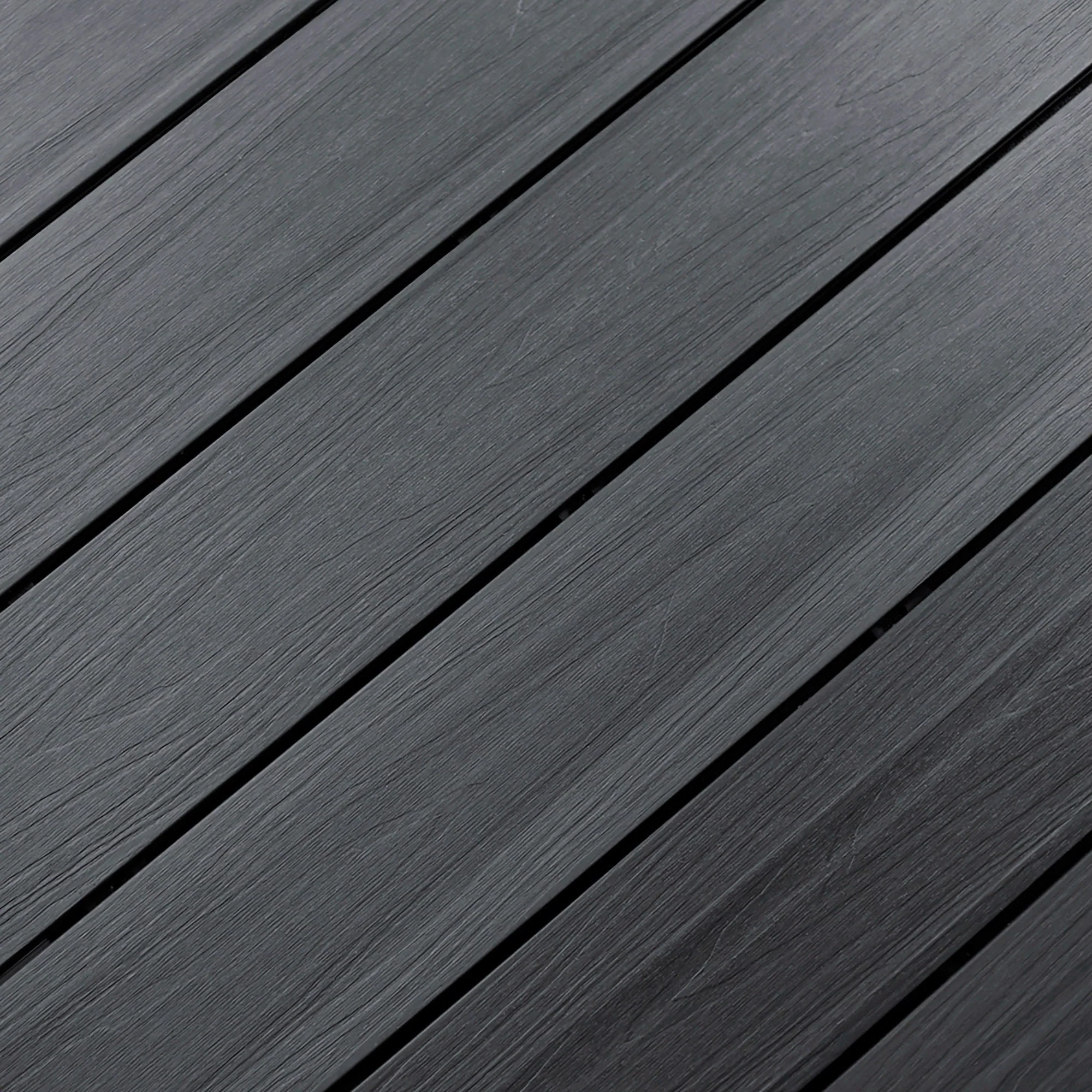One of the most well-known names in composite decking is Trex. It is the first brand many homeowners think of because it is widely available at big box retailers and has a lot of national advertising. But just because something is popular doesn’t mean it’s good. Over the past ten years, professional builders have used Trex less and less in favor of newer, better-engineered alternatives that work better in real life.
If you are thinking about using Trex for your new deck, it is worth looking closely at why contractors are choosing alternatives and what that means for you as a homeowner.
How Trex Gained Its Popularity
Trex was the first company to make composite decking in the 1990s, and they helped create the whole category. At the time, the idea of mixing recycled plastic with wood fibers to make a material that doesn’t need much care and lasts a long time was groundbreaking. People didn’t have to stain or protect their decks every year anymore, and the boards didn’t decay or get termites.
Trex was the market leader for a long time, mostly because it was the only brand that most people knew about. It got more attention than anything else since it was at home improvement stores. But as new businesses got into the composite business and technology got better, Trex’s materials started to seem old.
The Shift Away From Trex Among Builders
Many professional deck builders no longer suggest Trex for custom or high-end work. The major reasons are that the products are always the same, they last a long time, and they have good customer service. Trex has refined its capping process over the years, but builders still say that boards have more surface problems than premium brands like TimberTech and Deckorators.
People sometimes complain about warping, fading, and mold growth, especially in places with a lot of UV light or high humidity. Trex boards can also expand and contract more than PVC or mineral-based composites in the Midwest, where freeze-thaw cycles are always happening. Over time, this causes joints to separate and gaps to appear.
Professionals who care about long-term craftsmanship like materials that keep seams tight and colors bright for decades. One reason many people have shifted to Deckorators’ mineral-based composite, which doesn’t absorb water and stays stable in shape, or TimberTech Advanced PVC, which doesn’t absorb moisture at all.
Legal and Warranty Issues
Trex has been sued in several class action lawsuits about how well their products work. The first big lawsuit, which was settled in 2010, was about early-generation boards that were sold as maintenance-free yet had surface flaking. A later complaint, which was settled in 2013, dealt with claims of mold, color changes, and damage that happened too soon. Both led to payments and replacements, but they also raised big questions about quality control and warranty support.
Trex says that newer products employ different materials and techniques, but many contractors are still being careful. Depending on the product type, the company’s guarantee lasts 25 to 50 years. However, homeowners often have trouble getting their claims recognized. People who have gone through the procedure say that builders have had to deal with delays, rejected coverage, or limited payment that doesn’t cover the cost of labor for removing and reinstalling.
The tiny print on warranties is important. Trex’s limited warranties usually don’t cover labor charges and need rigorous paperwork. On the other hand, Deckorators and TimberTech offer better protection for workers and the structure itself. When problems come up, builders know they can count on those guarantees because the corporations always stand behind their products.
Real-World Performance Concerns
Several independent product reviews and homeowner forums reflect the same themes: Trex boards can show surface fading, heat spots, warping, mildew, and sagging sooner than expected, especially in darker colors or poorly ventilated decks. Builders in humid and cold-weather regions often avoid it because of expansion and contraction problems.
Trex’s composite core contains wood fibers that can absorb moisture over time. Once water penetrates, it may lead to swelling, mold spots, and color variation. Trex has worked to improve its capping and core technology, but mineral-based or PVC alternatives have largely solved these issues altogether.
Another concern is that Trex’s popularity among DIYers and big box retailers has led to a wide range of installation quality. Improper spacing, fasteners, or ventilation can accelerate problems. Professional-grade materials typically require distribution through decking suppliers, which helps ensure products are handled, stored, and installed correctly.
The DIY Appeal vs. Professional Standards
Homeowners can easily buy Trex directly from Lowe’s and Home Depot because it is widely available. That ease of access is great for do-it-yourself initiatives, but it can hurt long-term performance expectations. When skilled builders who know about structure, ventilation, and board movement install composite decking, it works best.
A lot of builders think about Trex as a store-bought item for homeowners who want something cheap and easy to use instead of something that would last a long time. This difference is quite important. Trex is not for high-end outdoor living projects, which is what experienced builders like. It is for entry-level projects.
What Builders Recommend Instead
If your goal is a durable, low-maintenance deck that holds its shape, color, and value, there are better choices.
TimberTech Advanced PVC offers a full polymer core that resists moisture entirely and maintains color for decades with realistic grain patterns. It stays cooler underfoot and performs exceptionally in hot or wet climates.
Deckorators Voyage lines use mineral-based composite technology. These boards have almost zero water absorption, industry-leading slip resistance, and a 50-year structural warranty. They are engineered for dimensional stability, which means tight seams and less movement through seasonal changes.
Builders who take pride in craftsmanship prefer these materials because they install cleaner, perform better, and keep clients satisfied years later.
Final Thoughts
Trex deserves credit for being the first company to make composite decking, but builders’ opinions of the company have shifted. Homeowners like the product because it is easy to find and well-marketed, but pros are still worried about its consistency, fading, and lack of warranty support.
Choose materials that are made to last, not merely for convenience, if you’re building a new deck that should look great and last for decades.
Our team designs and installs decks using high-performance products from TimberTech and Deckorators that are proven to last in the Midwest climate. We can show you real samples, warranty details, and completed projects so you can see the difference in person.
Start your decking consultation | 815-900-5199


